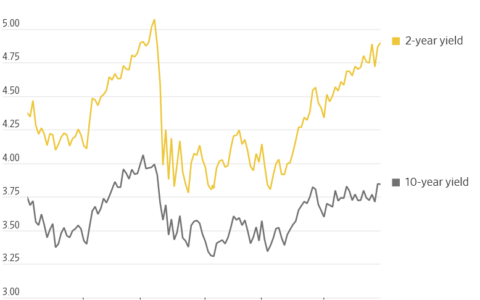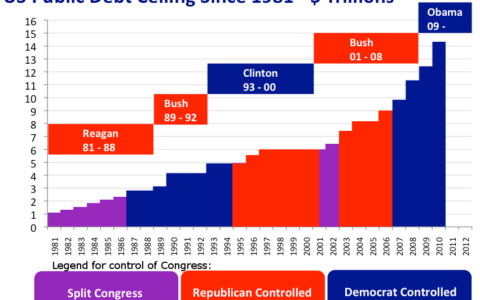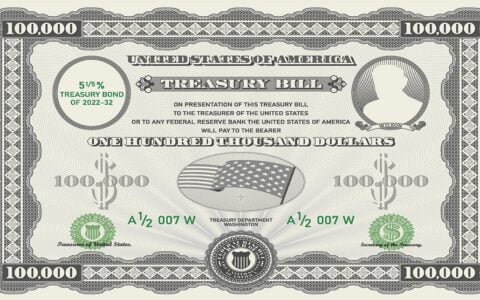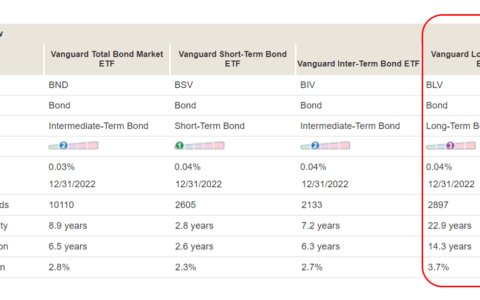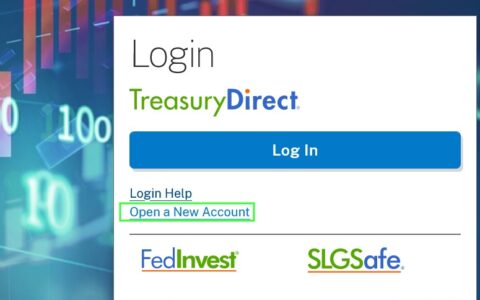Introduction
The Treasury market has been sending shockwaves through the financial world lately, with rising interest rates catching the stock market’s attention. On a recent Wednesday, the yield on the 10-year Treasury note made a substantial intraday climb from 4.48% to 4.64%, sparking concerns about the potential impact on equities. In this blog post, we’ll delve into the events of that day, explore the factors driving Treasury market volatility, and discuss strategies for investors to navigate these turbulent waters.

The Intriguing Wednesday Performance
Despite the significant increase in Treasury yields, the S&P 500 managed to end the day flat, thanks in part to an afternoon rebound bid that coincided with the rising 10-year note yield. This performance raised eyebrows and left many wondering if the stock market’s resilience was fundamentally driven or a result of technical factors.
Experts were quick to attribute the stock market’s recovery to the mechanical and technical functioning of the market. Short interest had been building up, and the market was in a short-term oversold condition. In essence, the rebound seemed to be more about market dynamics than a fundamental shift in sentiment. However, the direction of the market in the afternoon was deemed more critical than the closing levels, highlighting the uncertainty that pervaded the trading floor.
Market Outlook
The following morning, equity futures markets displayed a degree of caution. Participants were awaiting the day’s developments in the stock market and closely watching how the Treasury market might influence these events. At that time, the S&P 500 futures were down four points, the Nasdaq 100 futures were down 34 points, and the Dow Jones Industrial Average futures were fractionally below fair value.
Treasury yields, meanwhile, had been on a roller-coaster ride. The 10-year note yield had settled at 4.63% but had dipped to 4.59% in overnight trading before rising to 4.65%. It then dropped to 4.60%, spiked to 4.68%, and settled at 4.64% at the time of writing.
Data Releases
Key data releases further contributed to the market’s turbulence. The weekly initial and continuing jobless claims report revealed that initial claims for the week ending September 23 increased by a modest 2,000 to 204,000. Continuing jobless claims for the week ending September 16 saw an increase of 12,000 to 1.670 million.
Of note, the low level of initial claims, which serves as a leading indicator, continued to suggest a tight labor market.
Additionally, the third estimate for Q2 GDP remained unchanged from the second estimate at 2.1%, in line with expectations. However, the GDP Deflator experienced a favorable downward revision, dropping to 1.7% from the anticipated 2.0%. Benchmark revisions revealed that real GDP had increased at an annual rate of 5.6% from the second quarter of 2020 through the first quarter of 2023, slightly lower than previously indicated.
The key takeaway from this report was the improved deflator reading, with the 1.7% increase being the lowest since the second quarter of 2020.
Market Reaction
Interestingly, the Treasury market initially responded positively to the improved deflator reading, witnessing some knee-jerk buying. However, this buying proved short-lived, leading to a pullback in the equity futures market and indicating a modestly lower open for stocks.
Conclusion
In a world where the Treasury market’s volatility can send ripples through equities, investors need to remain vigilant and adaptable. The recent events highlight the importance of understanding not only economic data but also market dynamics and technical factors that can influence short-term market movements.
As a financial advisor, it’s crucial to keep clients informed about these developments and help them construct portfolios that can withstand market volatility. A diversified and well-balanced investment strategy, tailored to individual risk tolerance and financial goals, remains the best defense against uncertainty in the ever-changing world of finance.
Author:Com21.com,This article is an original creation by Com21.com. If you wish to repost or share, please include an attribution to the source and provide a link to the original article.Post Link:https://www.com21.com/navigating-treasury-market-volatility-strategies-for-investors.html

